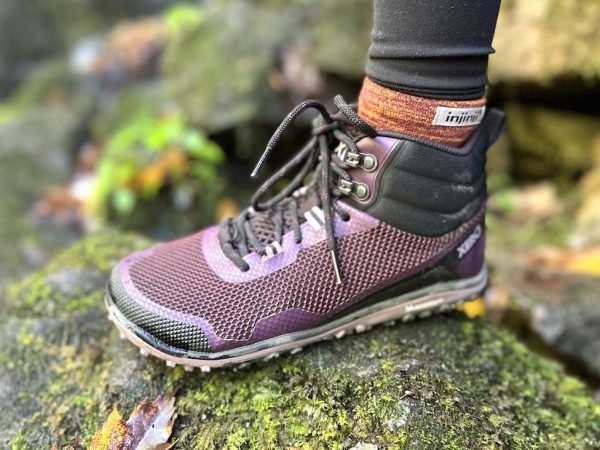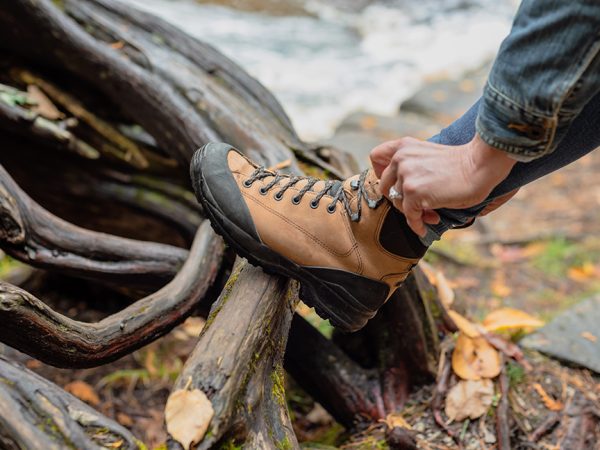Title: Hiking Boots for Every Terrain: Navigating Rough Trails with Confidence
Introduction:
Choosing the right hiking boots is essential for tackling rough trails and varied terrain with confidence and comfort. Whether you’re navigating rocky paths, muddy trails, or steep ascents, having the appropriate footwear can enhance stability, support, and traction. From lightweight trail runners to heavy-duty mountaineering boots, there are options designed to suit every type of terrain. Let’s explore the features and considerations for selecting hiking boots tailored to different environments.
Trail Runners for Light Terrain:
For well-maintained trails and light terrain, lightweight trail runners offer agility, flexibility, and breathability. These low-cut shoes provide a comfortable and natural feel, allowing for quick and nimble movement on packed dirt paths or gravel trails. Look for trail runners with durable outsoles and protective toe caps to shield your feet from rocks and roots. Mesh uppers provide ventilation and moisture management, keeping your feet cool and dry during warm weather hikes.
Midweight Hiking Boots for Moderate Terrain:
Midweight hiking boots strike a balance between comfort and stability, making them suitable for moderate terrain with uneven surfaces and variable conditions. These boots typically feature mid-cut designs that provide ankle support and protection without sacrificing flexibility. Sturdy outsoles with aggressive tread patterns offer reliable traction on rocky terrain, loose gravel, and muddy trails. Look for boots with waterproof membranes to keep your feet dry in wet conditions while still allowing breathability.
Heavy-Duty Mountaineering Boots for Challenging Terrain:
For rugged terrain, alpine environments, and technical ascents, heavy-duty mountaineering boots provide maximum support, durability, and protection. These high-cut boots feature stiff soles, rigid shanks, and crampon-compatible designs for tackling steep slopes, icy terrain, and rocky scrambles. Insulated linings and gusseted tongues provide warmth and weather resistance in extreme conditions, while reinforced toe boxes and heel counters offer added durability and protection against impacts and abrasions.
Considerations for Choosing:
When selecting hiking boots for specific terrain, consider factors such as the length and difficulty of your hikes, weather conditions, and personal preferences. Lightweight trail runners are ideal for short day hikes on well-groomed trails, while midweight hiking boots offer versatility for a wide range of terrain and conditions. Heavy-duty mountaineering boots are reserved for technical climbs and extreme environments where maximum support and protection are essential. Additionally, consider factors such as fit, cushioning, and break-in period to ensure comfort and performance on the trail.
Conclusion:
Choosing the right hiking boots for every terrain is essential for navigating rough trails with confidence and comfort. Whether you’re exploring gentle slopes, moderate terrain, or challenging alpine environments, there are boots designed to suit your needs. By considering factors such as terrain type, boot features, and personal preferences, you can find the perfect footwear to enhance your hiking experience and tackle any adventure with confidence.


